The fertilization is the gamete union (eggs and sperm) and can happen in two different ways:
- Internal fertilization: takes place inside the animal's body;
- External fertilization: Occurs outside the body, usually in water or moist environments.
The exchange of gametes between individuals occurs in all living beings that perform sexual reproduction. In asexual reproduction, fertilization does not occur.
Through the phenomenon of fertilization the characteristics of two different individuals mix and are passed on to their offspring, a mechanism known as heredity.
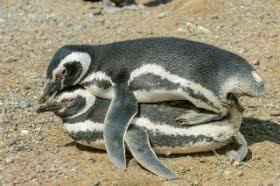
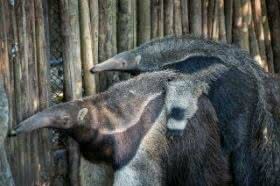
Internal fertilization
In internal fertilization, the union of gametes takes place inside the animal's body. During copulation, the male uses his genitals, or copulators, to release sperm into the female's body.
This form is more advantageous because it does not depend on the conditions of the external environment to happen.
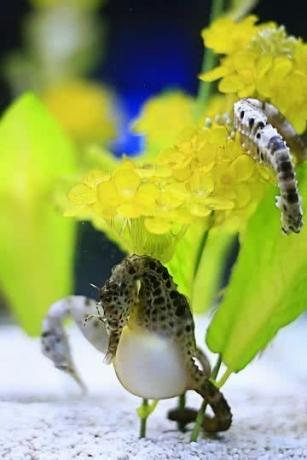
Among the animals that reproduce with internal fertilization, there are 3 different ways for the embryo to develop, they are:
- oviparous: after the egg is fertilized, the embryo develops inside an egg that the female deposits in the environment. The egg will provide nutrients and protection for the embryo to grow. Examples: birds, such as penguins, and reptiles, such as the turtle;
- Viviparous: when the embryos remain inside the female's body, being nourished and protected by the maternal body. Examples: mammals such as humans, anteaters, etc;
- ovoviviparous: if, after fertilization, the embryo forms inside an egg and is kept inside the parent's body, it will be called an ovoviviparous. Example: Seahorse.
Read too: what is fertilization?
External Fertilization
In this type of fertilization, the gametes fuse out of the female's body, in the environment.
In external fertilization, there must be water for the male gametes to be able to move to the female.
In addition, males need to eliminate large numbers of gametes to ensure that they reach the eggs.
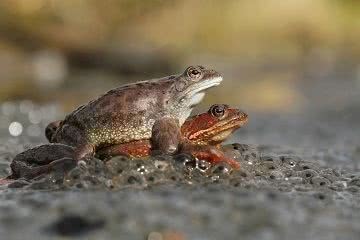
There are some strategies used by animals to facilitate fertilization to occur. Frogs, for example, use the "nuptial hug" in which they hold the female during copulation and release sperm right on top of newly laid eggs.
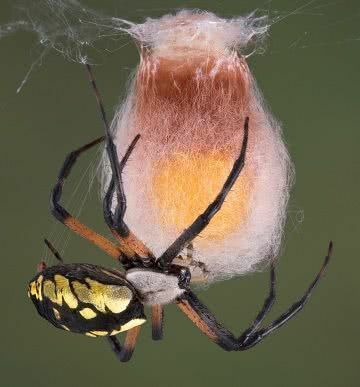
Animals that reproduce with external fertilization are oviparous, as the embryonic development of the offspring takes place inside eggs.
Among the animals that reproduce in this way are some vertebrates, such as fish and amphibians.
know more about:
- Reproduction: what it is, types and examples
- asexual reproduction
- sexual reproduction
- Differences between asexual and sexual reproduction
- How does human fertilization occur?
